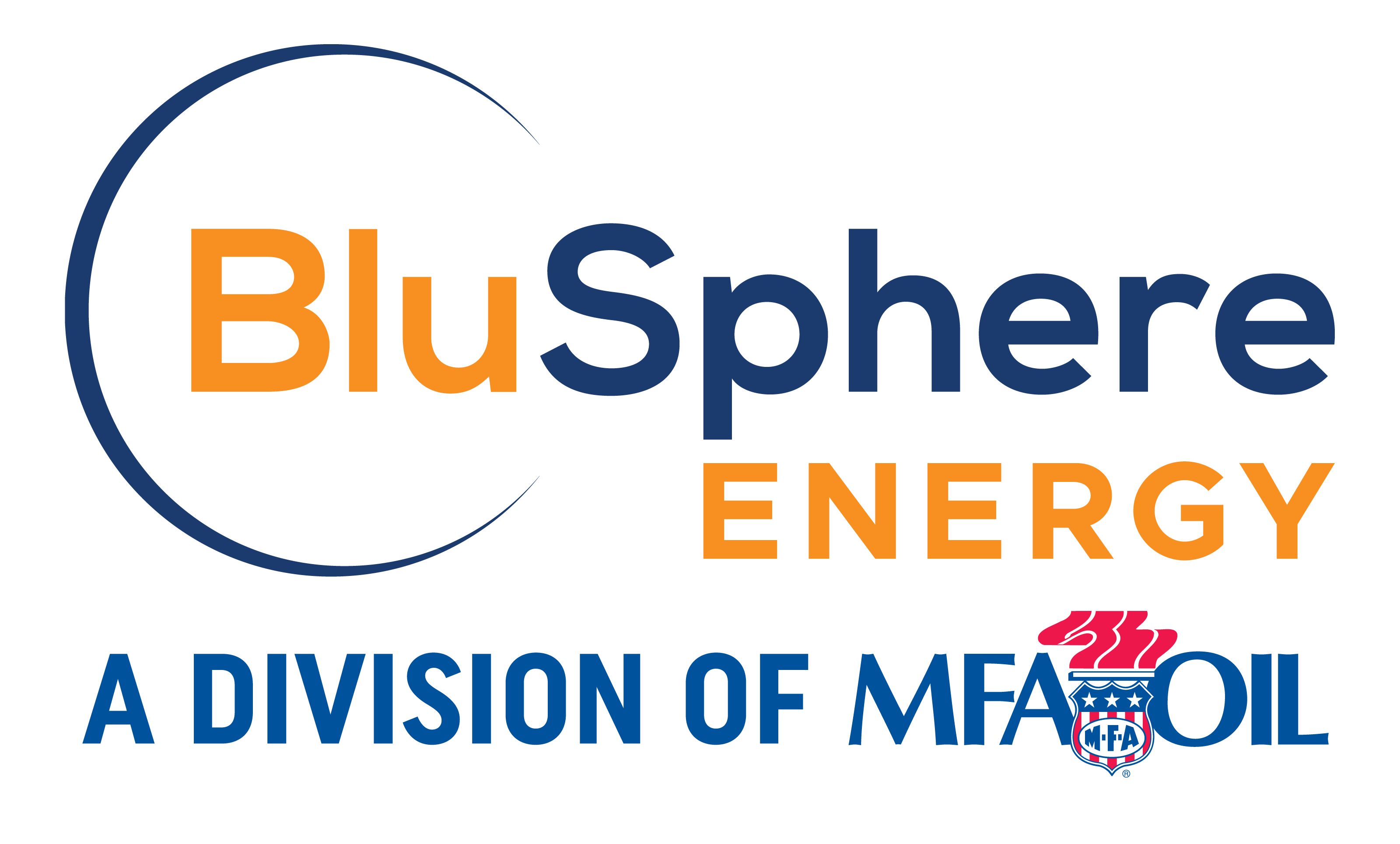
Frequently Asked Questions
Considering Solar
Yes, but it is a bad investment. Utility companies allow a small percentage of overproduction. Utility providers typically pay 2 to 3 pennies per kWh of overproduction. We size our systems to match our customer’s usage as closely as possible to avoid overproduction.
Net metering requires investor-owned/regulated utilities to compensate customers for putting energy back on the grid. In Missouri, solar customers are credited at the utility’s avoided- cost rate, which is less than the retail rate charged.
Battery systems can provide backup power if there is an electrical outage. These systems typically start at $8,000 and can support a few critical appliances, such as a deep freeze and well pump.
Prices dropped substantially for solar panels within the last ten years. However, pricing declines have slowed and stabilized in recent years. The cost per watt is relatively stable, while the price of watts per panel is increasing. Our solar systems will reliably produce energy for over 25 years.
Most homeowner’s insurance policies will cover solar systems. Some companies may require a rider to include solar with an increased premium. Ask your insurance agent about coverage options in your homeowner’s policy.
There is a federal tax credit of 26% of the cost of the system through 2022. Some utilities, like Ameren, provide a rebate based on the size of the system.
Our Solar Panels
We only use and install Tier 1 solar panels to ensure our customers receive the highest quality panels available on the market today.
Yes. The warranty for the panels covers 85% of the production value through 25 years. The inverters have a guarantee of ten years with a typical life span of 13 to 17.
A warranty guarantees 85% production from the solar panels for 25 years. An array will continue producing after 25 years but typically begins to see more considerable degradation as it ages further. Inverters are warrantied for ten years and usually last 13 to 17 years.
Minimal maintenance is required. Visual inspections once a year are recommended.
Weather Concerns
The panels withstand typical hailstorms. If the hailstorm is strong enough to break the windshield of a parked car, that’s when damage may happen. Our solar partners have installed thousands of solar panels and have only had to replace ten panels due to hail damage so far.
We conduct a 365-degree shading analysis before all installations. We site arrays in locations with minimal shading and account for shading in production estimates.
No. If the power goes out, the solar system will detect the outage and immediately shut down to prevent back-feed into the grid. Shutting down solar systems during outages protects utility company employees while they work to restore power.
How Solar Works
The customer will first consume the electricity generated by the panels. Should the panels produce more than the customer uses, the electricity will go to the grid and count as a credit at the end of the month when the utility calculates the difference between the electricity received and delivered. In short, the electricity is either consumed on-site or delivered to the grid.
Net metering is the system that electric utilities use to credit solar energy system owners for the electricity produced by their solar array. Net metering in Missouri requires electric utilities to do a monthly reconciliation of your electric generation versus your usage and customers pay the difference.
